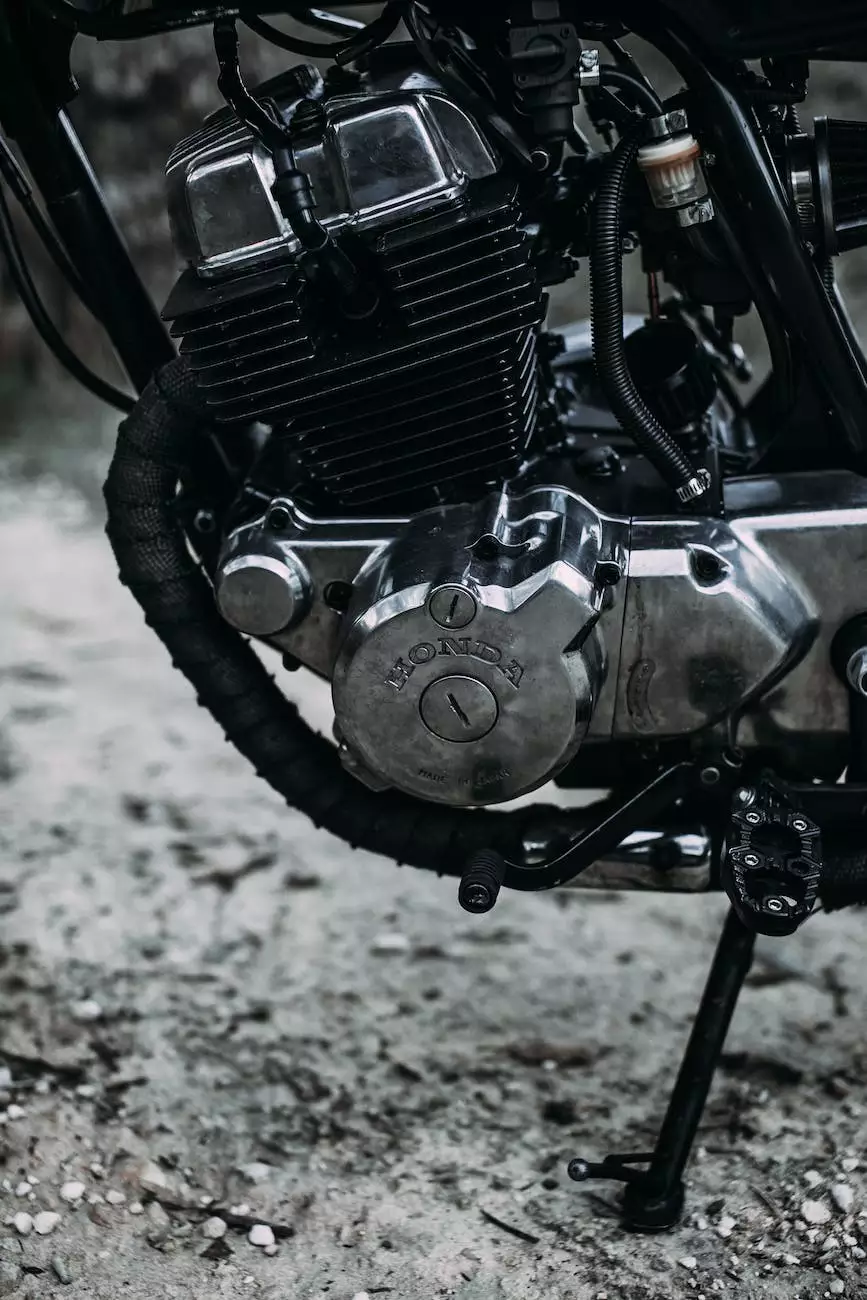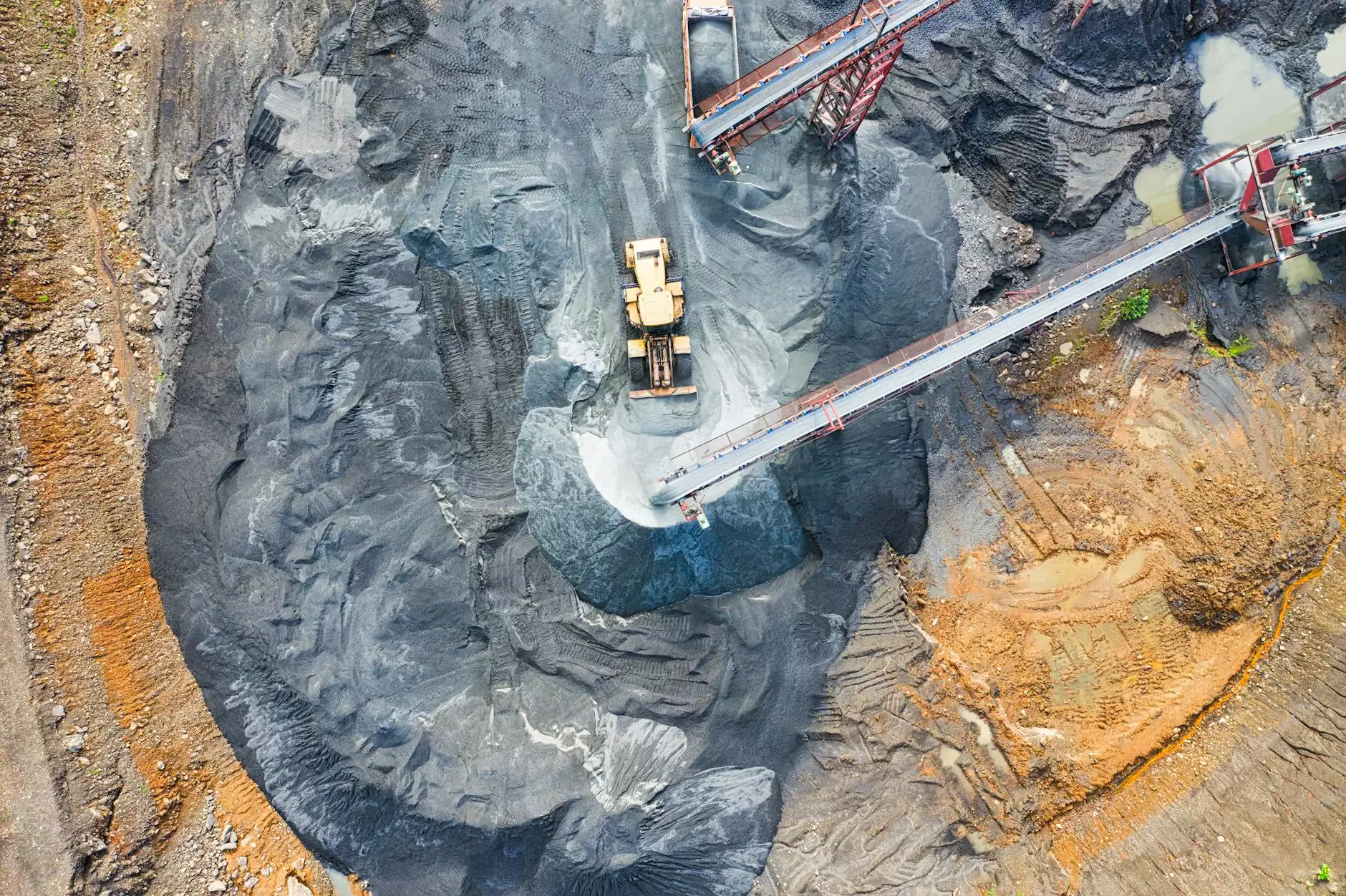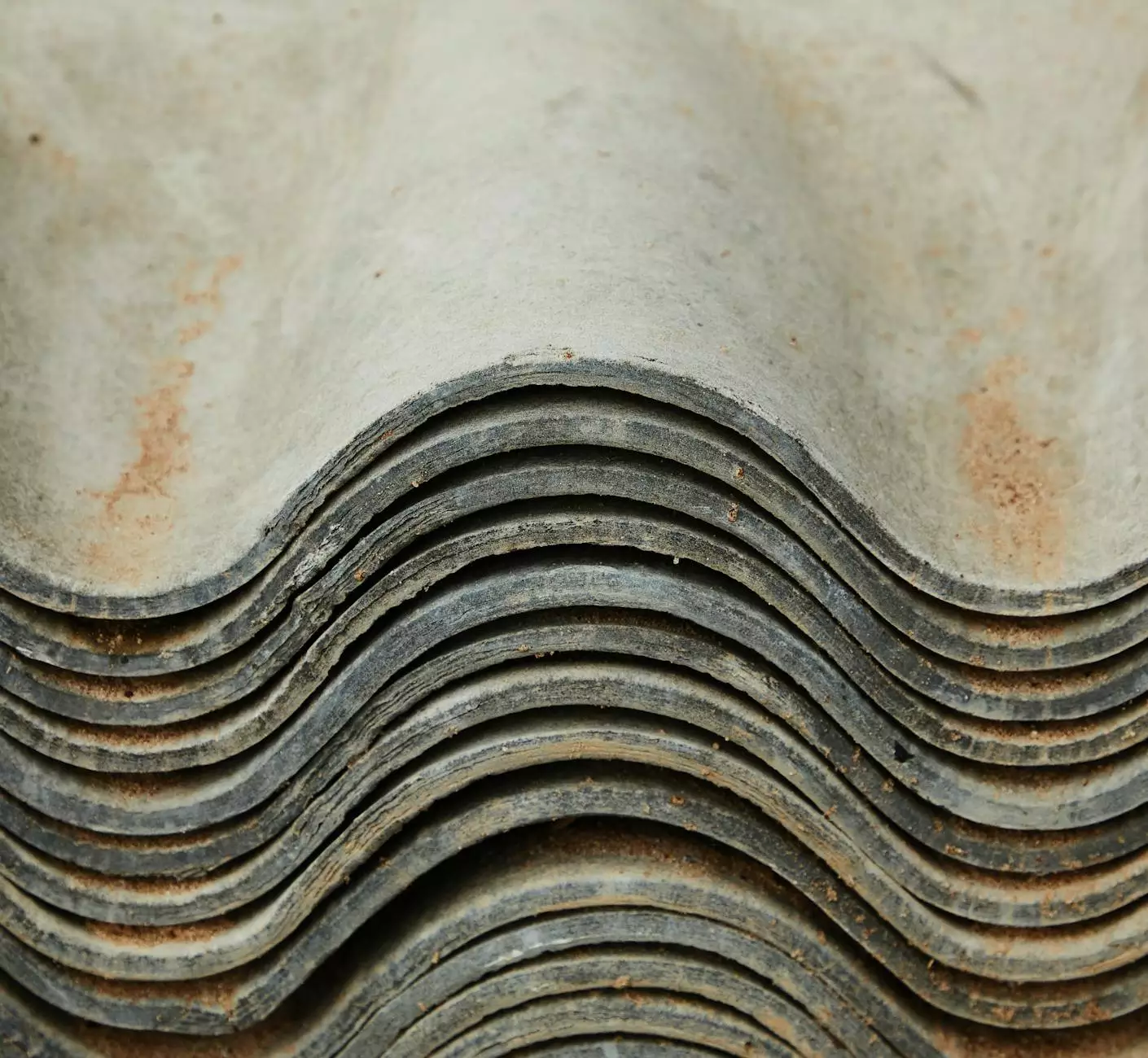Roof Deicing Cable: How to Install the Right Way

Introduction
Welcome to Glass Works Of Texas, your trusted source for all things related to home and garden. In this detailed guide, we will walk you through the process of installing roof deicing cable correctly. Roof deicing cables are a crucial component in preventing ice dams and protecting your roof during cold winter months. By following the steps and guidelines provided below, you can ensure a successful installation that will help protect your home for years to come.
Why Install Roof Deicing Cable?
Ice dams are a common problem in areas with cold climates. They occur when snow on the roof melts, refreezes at the roof edges, and forms icicles. These ice dams can cause significant damage to your roof, gutters, and even the interior of your home. Installing roof deicing cable helps to prevent the formation of ice dams by providing a source of heat that melts the snow and prevents ice buildup. This proactive measure can save you from costly repairs and potential water damage down the line.
Step-by-Step Guide to Installing Roof Deicing Cable
Step 1: Gather your materials
Before you start the installation process, make sure you have all the necessary materials. You will need:
- Roof deicing cable: Choose a high-quality cable that is specifically designed for roof deicing purposes. It should be rated for outdoor use and capable of withstanding extreme temperatures.
- Mounting clips: These clips are used to secure the deicing cable to the roof and prevent it from slipping.
- Thermostat and control panel: A thermostat helps regulate the temperature and control the operation of the roof deicing cable.
- Fasteners: Depending on the type of roof you have, you may need fasteners such as screws or nails to secure the mounting clips to the roof surface.
- Insulation materials: Insulating the roof edges and problem areas is crucial to maximize the effectiveness of the deicing cable.
- Tools: Prepare a set of basic tools such as a ladder, drill, screwdriver, and wire cutters.
Step 2: Plan your cable layout
Before starting the installation process, carefully plan the layout of the deicing cable. Identify the areas prone to ice dams, such as roof edges, valleys, and gutters. Ensure that the cable covers these areas adequately. It is essential to avoid overlapping or crossing the cable to ensure even distribution of heat.
Step 3: Clean the roof surface
Prior to installing the deicing cable, clean the roof surface to remove any debris, leaves, or ice. A clean surface will ensure proper adhesion of the mounting clips and enhance the overall effectiveness of the system.
Step 4: Install the mounting clips
Begin by attaching the mounting clips to the roof surface. Use the appropriate fasteners to secure them firmly. Space the clips according to the manufacturer's instructions, ensuring they are evenly distributed along the cable's intended path. This step is crucial as it ensures the stability of the cable and prevents it from shifting during extreme weather conditions.
Step 5: Attach and connect the deicing cable
With the mounting clips in place, carefully attach the deicing cable to the clips, ensuring it follows the planned layout. Take care not to bend or damage the cable during the installation process. Once the cable is attached, connect it to the thermostat and control panel following the manufacturer's instructions. The control panel allows you to regulate the cable's operation and adjust the temperature settings as needed.
Step 6: Insulate problem areas
To maximize the efficiency of the roof deicing cable, insulate problem areas such as roof edges and valleys. Use insulation materials to reduce heat loss and prevent refreezing. Pay attention to any gaps or openings that may compromise the cable's effectiveness in preventing ice dams.
Step 7: Test the system
Once the installation is complete, conduct a thorough test of the system. Ensure that the cable is functioning correctly and providing the desired heat output. Make any necessary adjustments to the thermostat settings to achieve optimal performance.
Step 8: Regular maintenance
Regularly inspect and maintain your roof deicing cable system to ensure long-term effectiveness. Clear any debris or obstructions that may impede the cable's performance. Periodically check the connections and cables for signs of wear or damage. Address any issues promptly to avoid potential failures during critical winter months.
Conclusion
By following this comprehensive guide provided by Glass Works Of Texas, you can install roof deicing cable the right way. Protect your roof and home from the damaging effects of ice dams, enhance your safety, and ensure peace of mind during winter. If you have any further questions or require professional assistance, feel free to reach out to our team. We are here to help you make informed decisions and create a safer living environment for you and your family.









